To ensure we are equipping our readers with all the information they need, we will continue to report on all travel, safety, and COVID-related news that could impact a Disney Parks visit.
UPDATE: Due to the growing prevalence of other COVID-19 variants and the development of the situation with the pandemic, this post will no longer be updated. For all the latest information about COVID-19 and travel to Disney World and Disneyland, click here.
Mask requirements, distancing, testing — the COVID-19 pandemic has changed the entire world and continues to impact Disney’s theme parks in the U.S. and beyond. And the situation with the COVID-19 virus and its variants just keeps changing.
We previously shared all about the Delta variant, and the Omicron variant. We also noted that a subvariant of the Omicron variant, previously deemed “Stealth Omicron,” had been discovered in various spots throughout the world, including Florida. Just what is “Stealth Omicron” and what should you know about this before your next trip, to Disney World or elsewhere? Here’s what we know.
What is “Stealth Omicron” Generally?
According to the New York Times, researchers have been keeping an eye on the Omicron subvariant known as BA.2 or “Stealth Omicron” for some time now.
As the Tampa Bay Times previously shared, this subvariant was initially discovered in Denmark and has since reached the U.S. WPTV West Palm Beach previously reported that “Stealth” Omicron had been found in Florida. It was reported in the state in February of 2022. There were 2 cases previously discovered there.
According to WPTV, the subvariant was termed “Stealth” Omicron because it was harder to detect than the original Omicron variant. But things have since changed when it comes to detecting this subvariant. The New York Times notes that the “Stealth Omicron” nickname is “outdated.”
Previously, Stealth Omicron was difficult to detect in P.C.R. tests because it was essentially “indistinguishable from Delta.” But the New York Times shares that “now that Delta has gone from dominant to rare, it’s easy to distinguish the…versions of Omicron on a P.C.R. test.”
Click here to see our initial post about Stealth Omicron in Florida
It Appears To Be More Transmissible
While the BA.1 version of Omicron quickly spread around the world initially, the New York Times previously noted that BA.2 (Stealth Omicron) had started to be “found in a larger proportion of new infections” in 2022.
WPTV also previously shared that this specific subvariant may be 1 1/2 times more contagious than the original Omicron COVID-19 variant.
Why might that be the case? The New York Times says that scientists think it might have to do with Stealth Omicron’s “unique mutations.” It has a number of mutations that weren’t found in the BA.1 version.
According to the New York Times, “It appears that these mutations speed up BA.2 by making it more transmissible, rather than better able to evade immunity.” Several studies/scientists, including some in Denmark, England, and Hong Kong, have found evidence that seems to support this.
In some countries, the rise of this Stealth Omicron variant has “roughly coincided” with a new surge of COVID-19 cases. This could be due to the fact that it is more transmissible, but the New York Times shares that it is hard to “disentangle the subvariant’s effects from other factors.”
For example, some places have dropped many of their COVID-19 regulations (masks, distancing, etc.) “making it easier for any coronavirus to jump from one person to another.” Waning vaccine protection from those who got vaccinated early last year can also impact things.
Click here to see the latest updates on Disney World’s mask policies
What’s Happening in the U.S. and the World Right Now?
In light of the existence of the BA.2 variant, what’s happening with COVID-19 case numbers in the United States right now? Case numbers in the United States had generally been declining, but things have changed a bit.
According to a chart from Google, made using data from the New York Times, as of July 31st, 2022 the 7-day case number average was 124,312. That’s much less than the 739,002 7-day average seen back on January 24th, 2022, but it is more than some of the numbers seen in March and April.
According to the TSA (based on a press release from April 13th, 2022), “Since early April 2022, there have been increases in the 7-day moving average of COVID-19 cases in the United States.”
In mid-April 2022, we saw that levels of the BA.2 Omicron subvariant had been increasing in the wastewater for areas near Disney World.
Around late May of 2022, BA.2 made up around 34.7% of cases, while BA.2.12.1 (a separate subvariant of Omicron) made up around 59.1%. But that has changed dramatically in the last few weeks. As of late July 2022, BA.2 makes up only 0.3% of new COVID-19 cases in the U.S. Lately, the BA.5 variant, as well as BA.4 and BA.2.12.1 have made up greater percentages of new cases.
As of May 12th, 2022, NBC News shares that “Covid-19 cases are surging yet again in the United States, but unlike previous waves, a substantial rise in hospitalizations and deaths isn’t following yet.”
Case numbers can and do continue to change, as well as the variants responsible for those numbers, so we’ll keep an eye out for more details.
Click here to see our full post on the potential for a COVID-19 summer surge
According to the New York Times, “Researchers in Qatar found that booster shots were about 40 percent effective against infection with either BA.1 or BA.2 a month after injection. The boosters were about 90 percent effective against hospitalization.”
It also appears that individuals who got infected with the BA.1 version of Omicron developed antibodies that provided “strong protection against infection with BA.2.” (New York Times)
According to CNBC, a real-world study from South Africa’s National Institute of Communicable Diseases found that “BA.2 does not make people more sick than BA.1, which was less severe than the delta variant.” Another study showed that reinfection with BA.2 (while possible) appears to be rare.
There are also some medications that work against Stealth Omicron, including Evusheld made by AstraZeneca, and the antiviral drugs Paxlovid, molnupiravir and remdesivir. But CBS News shares that early studies have shown Stealth Omicron could “significantly reduce the effectiveness” of a monoclonal antibody drug treatment.
Some were previously a bit more concerned about Stealth Omicron, according to NBC Chicago. In March of 2022, NBC Chicago noted that “COVID-19 hospitalizations and deaths have both risen slightly in Britain.” We have also seen COVID-19 hospitalizations increasing in Florida as of May of 2022.
What Could Be Next?
Other Omicron subvariants now make up a greater percentage of new COVID-19 cases compared to BA.2, and things could continue to change.
According to CNBC, Ali Mokdad, an epidemiologist at the Institute for Health Metrics and Evaluation, said, “The pandemic phase of the virus is over in our opinion…We are moving into an endemic phase.”
CNBC also shares that Dr. Fauci has said there is “no need to reimplement Covid restrictions at this time.” Instead, CNBC notes that the Biden administration is focusing on vaccination, COVID-19 testing, and COVID-19 treatments with antiviral medication to “prevent the virus from disrupting daily life.”
End of the “Full-Blown Explosive Pandemic” Phase
Despite the situation with the BA.2 subvariant, Dr. Anthony Fauci has said that the United States is “out of the full-blown explosive pandemic phase.” That doesn’t mean the pandemic is over, however.
According to Fauci, the world is still in a pandemic and the U.S. could see new waves of COVID-19. But Fauci did note that the U.S. is now in a different place than it was before.
Fauci has said that the U.S. is now “transitioning” to the “control” phase. Within the control phase, Fauci expects the virus will still circulate, but ideally won’t cause devastating new waves of hospitalizations and deaths. COVID-19 hospitalizations in Florida, however, were increasing as of mid-May 2022.
Click here to learn more about Dr. Fauci’s statements regarding the end of the “full-blown pandemic” phase
Travel Mask Mandate
The mask mandate in the U.S. on planes, trains, and more was extended through early May. But the situation with masks and travel has changed. A federal judge in Florida issued an order voiding the CDC’s mask requirement for transportation.
Following that order from the judge, the TSA announced that it would not be enforcing the mask mandate on public transportation. Thereafter, Uber, different airports (including Orlando International Airport), Disney World, Disneyland, and several airlines changed their mask requirements.
But things aren’t quite over yet. The CDC has since determined “that at this time an order requiring masking in the indoor transportation corridor remains necessary for the public health.” Because of this, the Biden Administration will be appealing the Judge’s order. Be sure to check with the airlines you’ll be flying and the airports you’ll be visiting to see what mask rules are in place.
CBS News reports that an appeal has been filed and the Justice Department has asked the Court of Appeals to reinstate the travel mask mandate.
Click here to learn more about that appeal
Disney World
Heading to Disney World soon and wondering what’s going on there and how the subvariant could impact things? Mask rules have changed, so you’ll want to know the updated requirements.
As of the latest update, face masks are OPTIONAL for guests in outdoor and indoor locations, as well as Disney transportation. Disney continues to recommend, however, that guests who are not fully vaccinated wear masks in all indoor spots.
Note that masks may be required in some areas within First Aid Centers, so just be aware of that.
Depending on how the situation with COVID-19 and its variants continues to develop, we could see changes made when it comes to Disney World’s mask rules or other COVID-19 policies. We have, however, continued to see more reopenings announced and crowds continuing to fill the parks, despite the existence of the Omicron variant in general. Distancing has essentially been done away with and many reopenings have been announced or taken place, though some things still haven’t returned to the parks.
Note, however, that the situation is different in some other Disney parks. Hong Kong Disneyland was closed for some time due to COVID-19 concerns (though it has since reopened), and Shanghai Disneyland was also closed due to COVID-19, though it has since reopened as well.
Click here to see what you need to know about the Omicron COVID-19 variant and Disney World
Of course, this is a developing situation. We’ll keep an eye out for more news about this subvariant and let you know what we see. Be sure to check back with us for more updates.


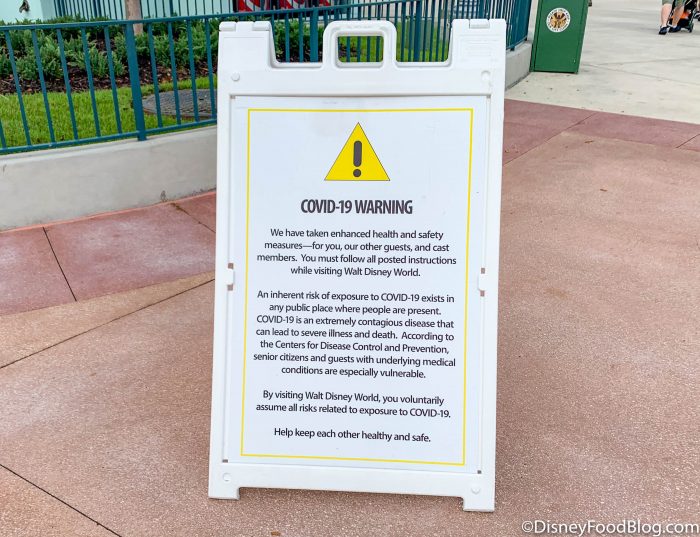
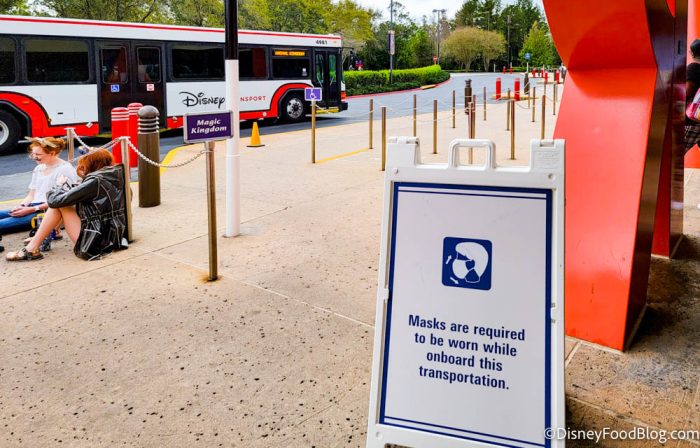
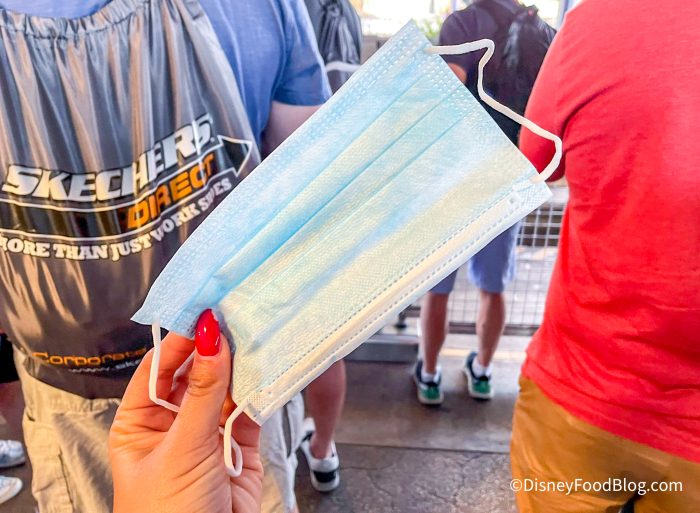
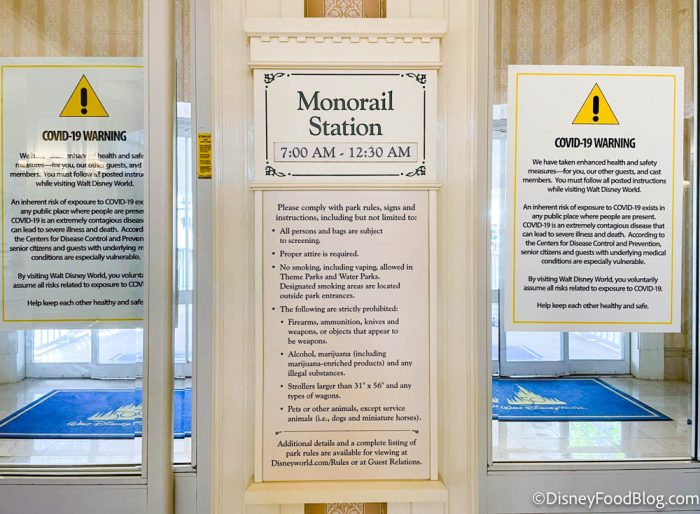


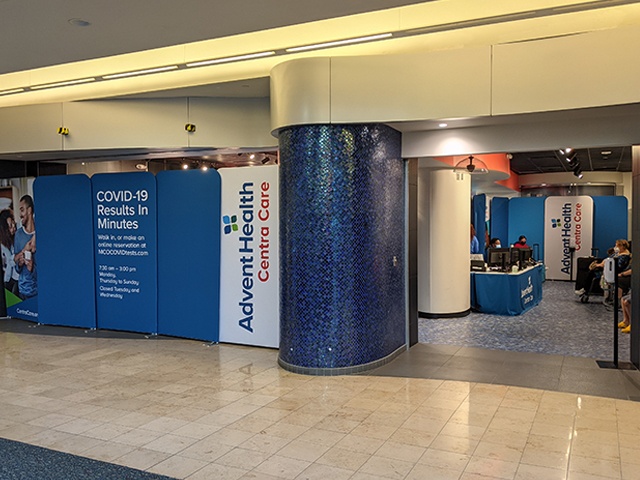
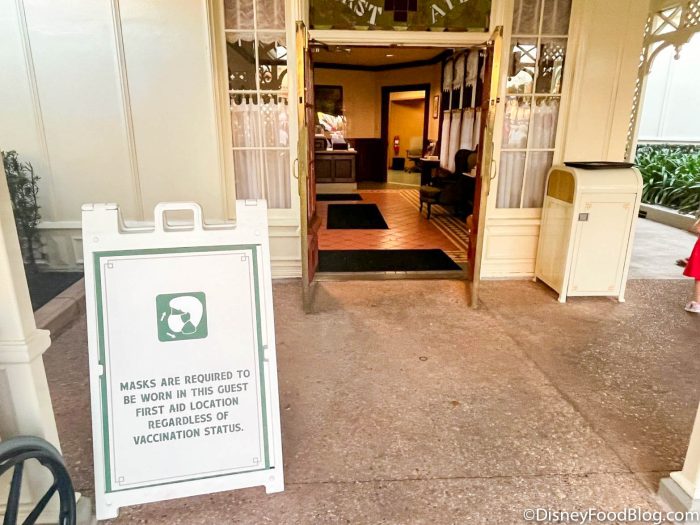


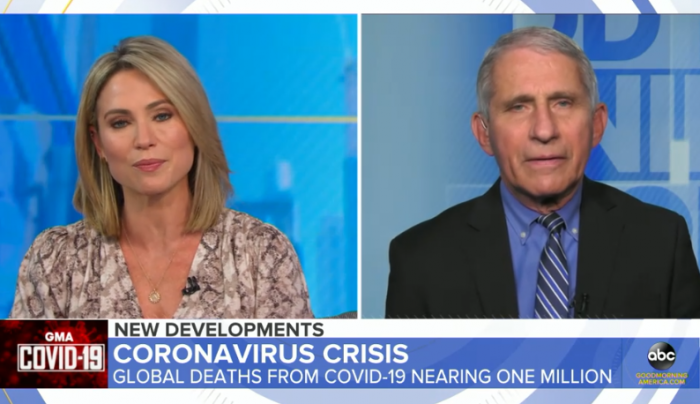

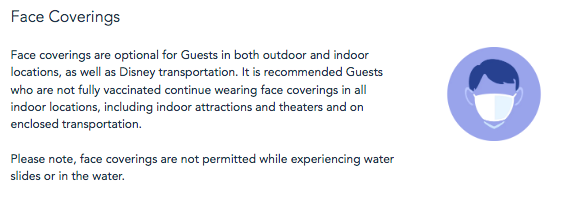





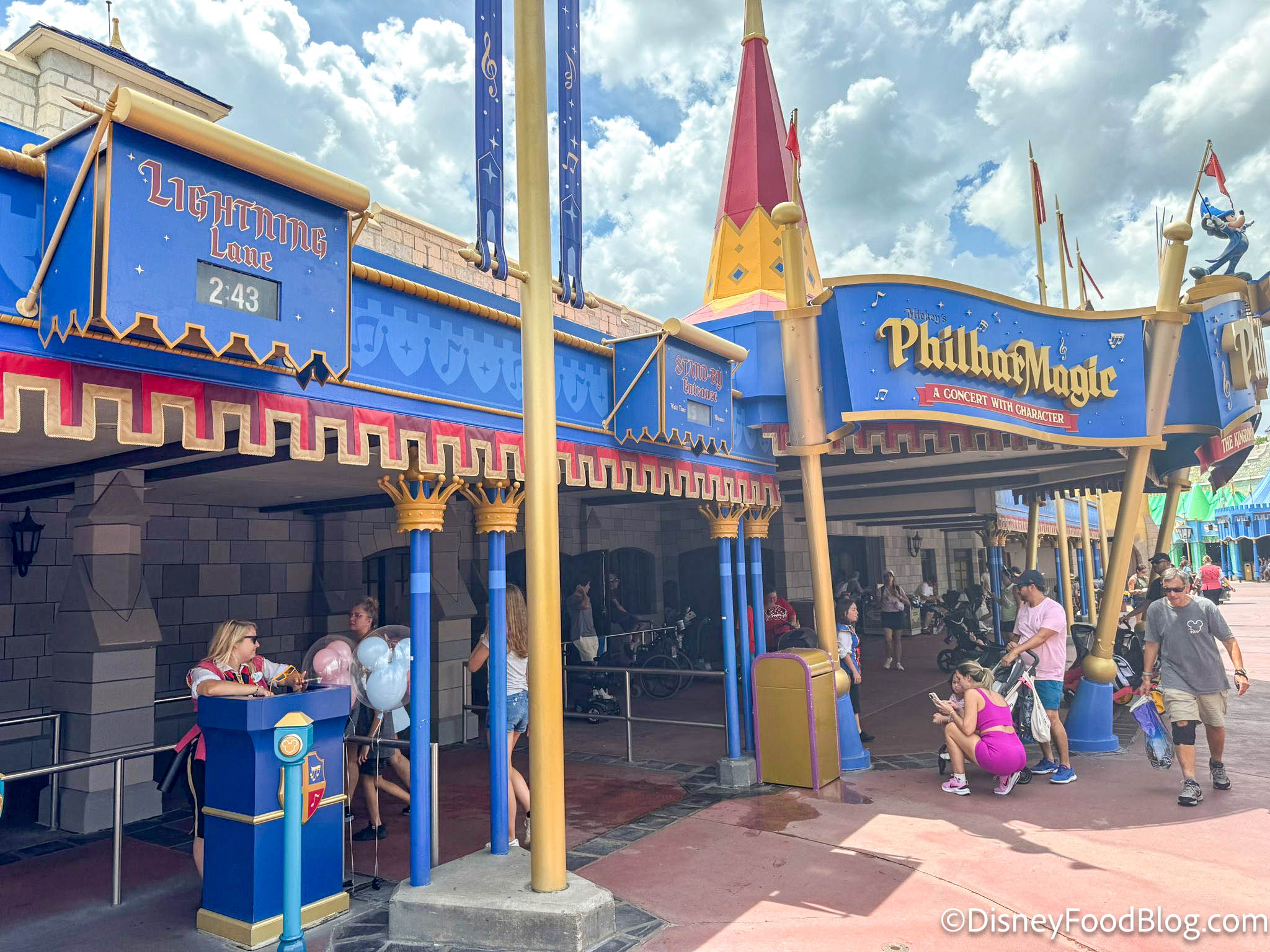





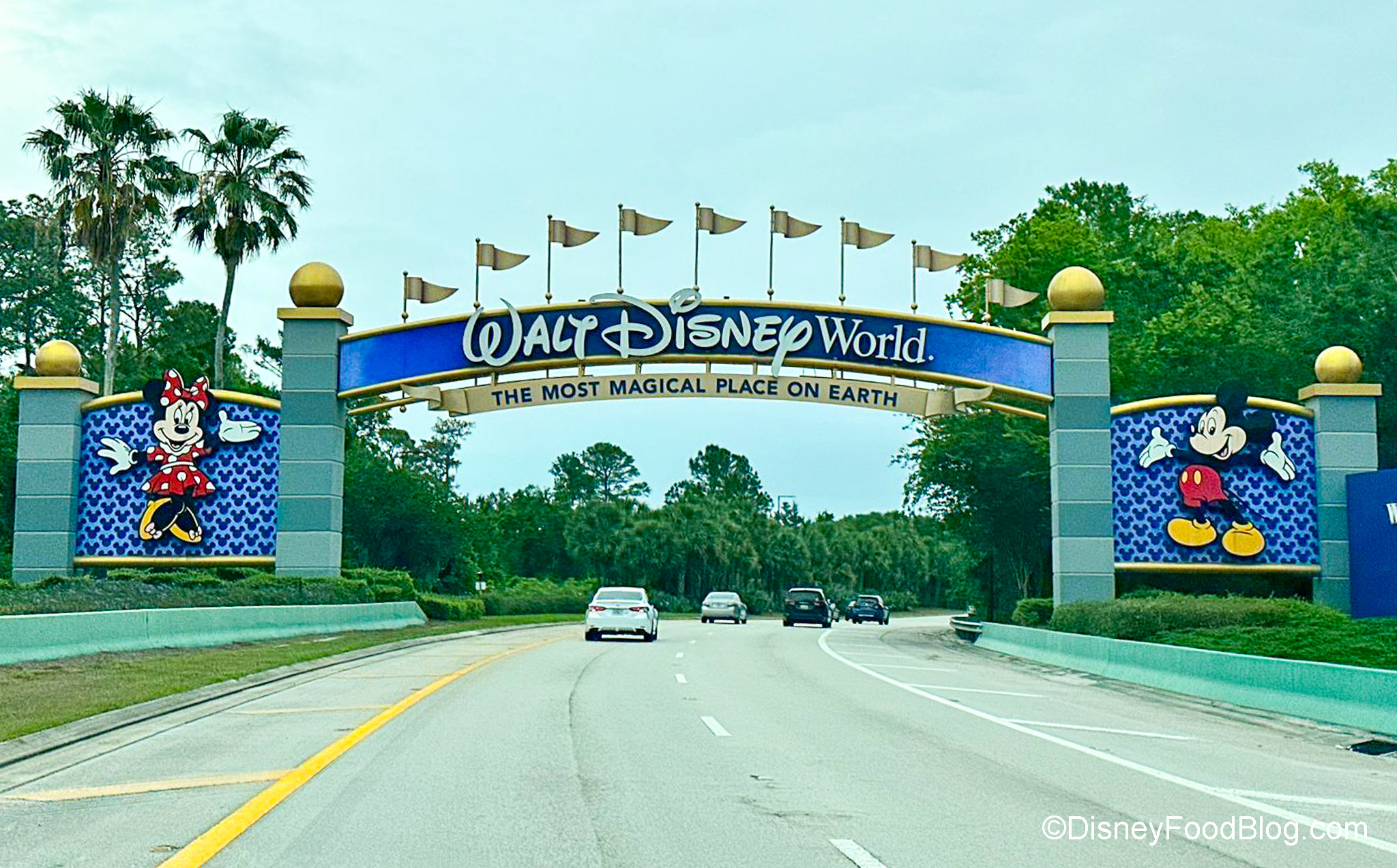



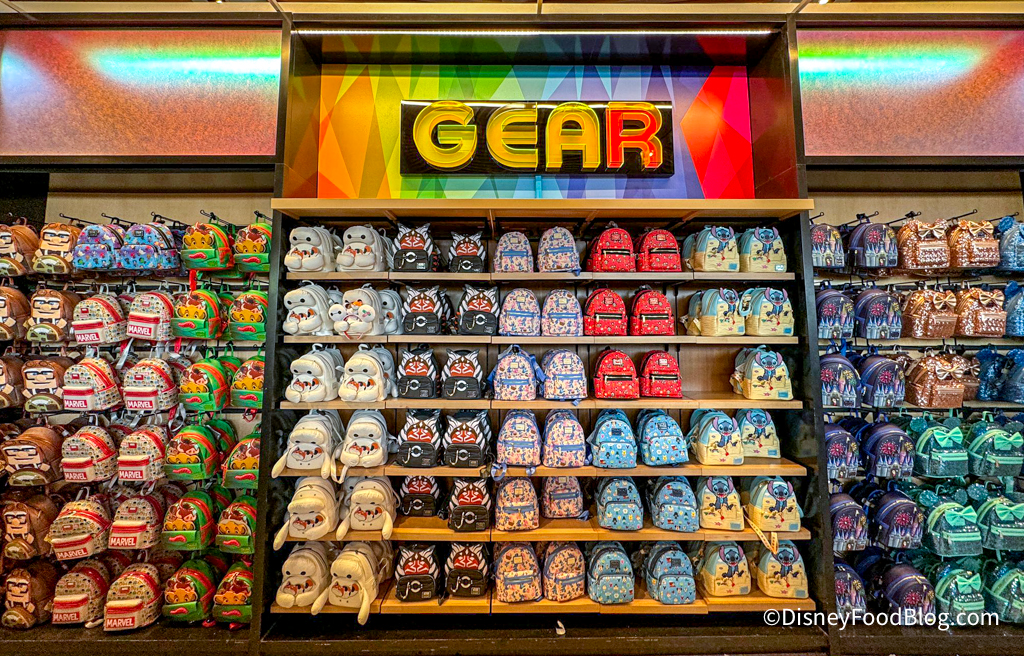
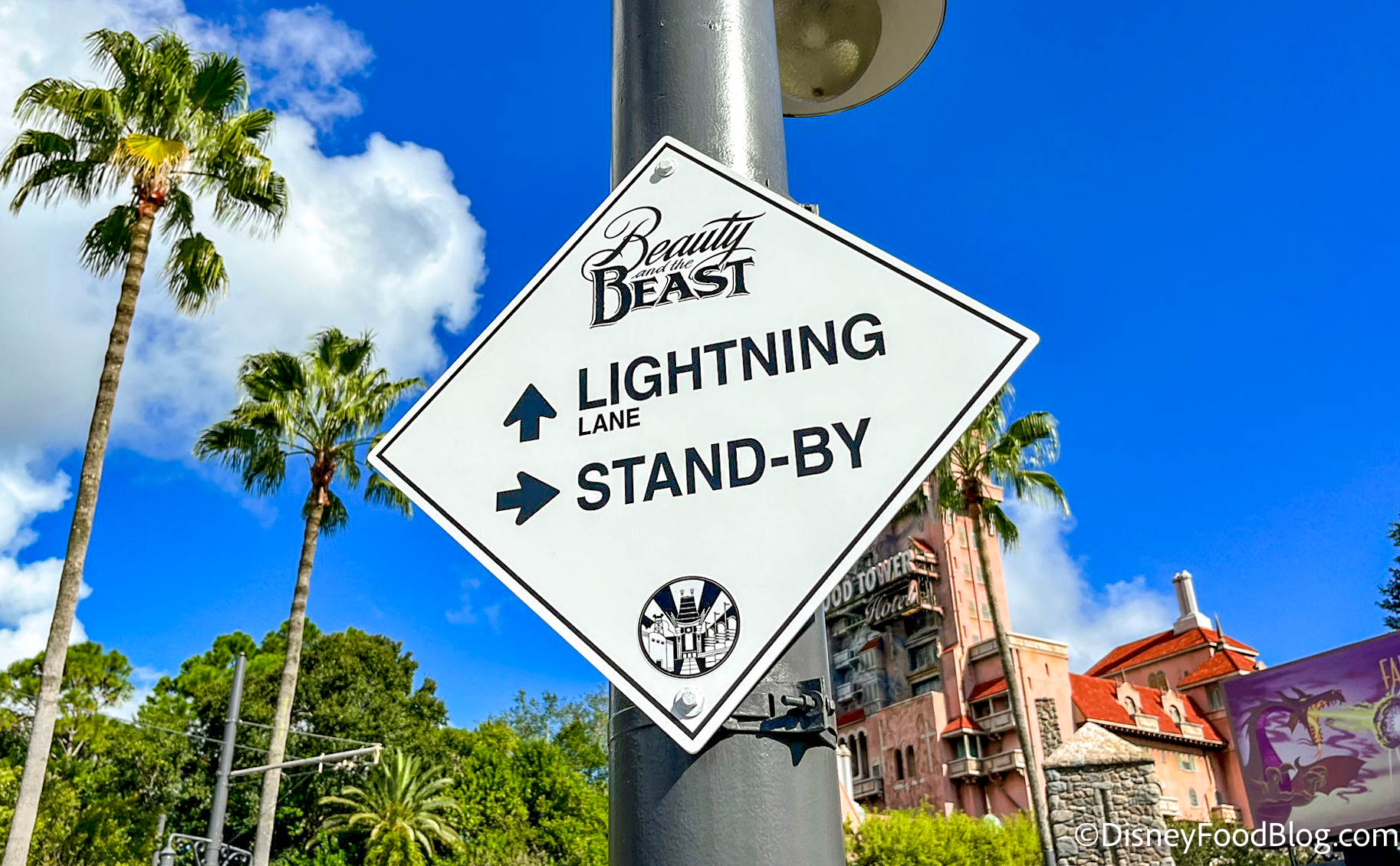



 Our handy (and portable!) ebook guides make sure you get the best deals and can plan a vacation of a lifetime.
Our handy (and portable!) ebook guides make sure you get the best deals and can plan a vacation of a lifetime.

Thanks for talking about COVID .But I think you should discuss the bigger issues that’s going on at Disney right now, like child trafficking .
You really have to question why our CDC has given us little to no information about natural ammunity. This newest variant and the next one and the next one will be dealt with with drugs the way we do the flu. The vast majority of Americans are done with lock downs and masks. We here in Florida lead the way out of the lock downs and unmasking and we have done just fine. Wear a mask if you want or not….these are all personal choices and get on with your life. .